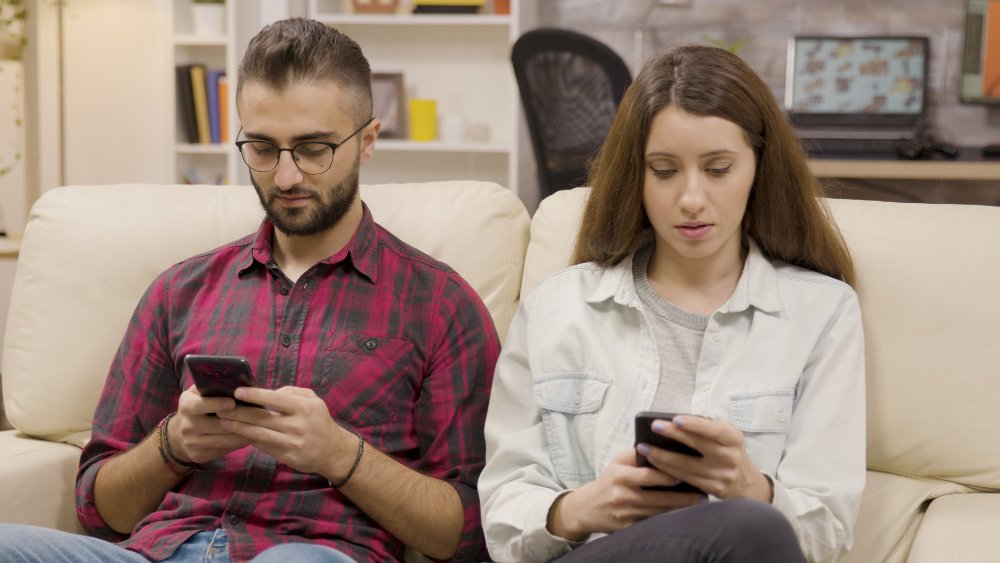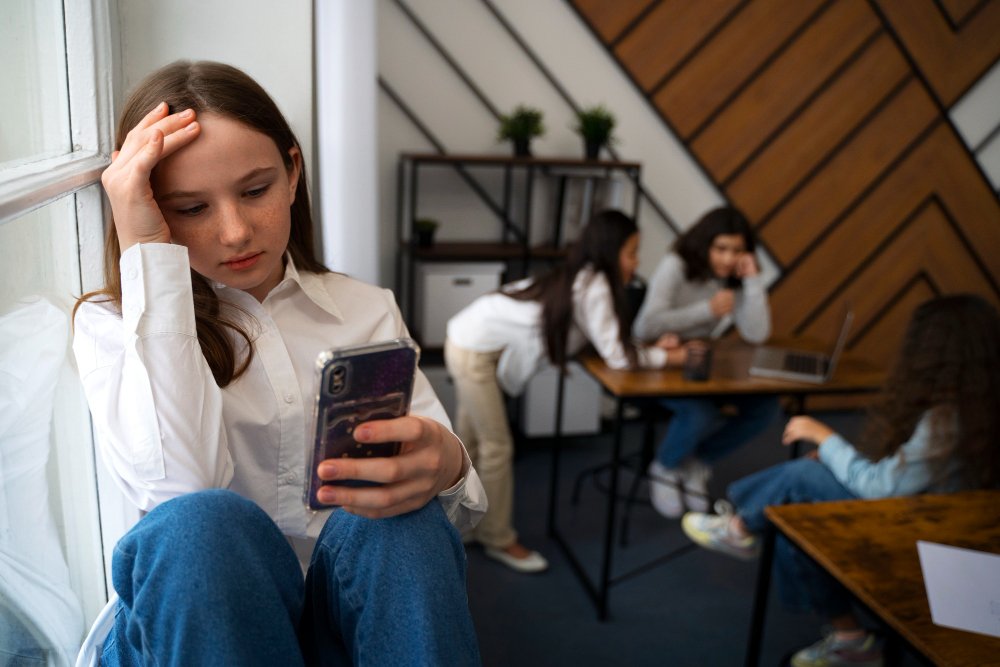Physical Address
304 North Cardinal St.
Dorchester Center, MA 02124
Physical Address
304 North Cardinal St.
Dorchester Center, MA 02124

Does the thought of answering a phone call make your palms sweat? If so, you’re not alone. A recent study by recruitment firm Robert Walters found that over half of Gen Z professionals experience anxiety when making business calls, with 59% preferring emails or instant messaging over traditional voice communication.
This phenomenon, dubbed “phone phobia” or “phone anxiety,” is gaining traction among younger generations who favor the control and flexibility of asynchronous communication. But what’s driving this shift? And how does it reflect broader cultural and psychological trends?
For many Gen Zers, hearing the phone ring elicits feelings ranging from irritation to outright dread. Take Mariam A., a 26-year-old professional. “I always prefer texting. When someone calls, my heart starts racing,” she explains. “It feels like a sudden interruption to my day.”
Mariam’s experience isn’t unique. Conversations with other young professionals reveal similar sentiments. Ahmed Amin, a 23-year-old marketing professional, associates incoming calls with bad news. “Whenever I see an incoming call, I brace myself for the worst. Texts feel less daunting; I can process and respond on my terms,” he shares.
What these anecdotes highlight is a growing discomfort with the immediacy of phone calls. Unlike a text or email, a phone call demands instant attention, which can feel intrusive or overwhelming.

Psychologists attribute this trend to a mixture of social anxiety and the desire for control. Dr. Sarah Ahmed, a clinical psychologist specializing in anxiety disorders, explains, “Phone anxiety stems from the comfort of having control over communication. Texting allows individuals to curate their responses and avoid the unpredictability of a phone call, which can trigger anxiety.”
Dr. Sarah notes that for those already prone to anxiety, phone calls can amplify feelings of vulnerability and fear of negative outcomes. This can manifest in avoidance behaviors, such as delaying or missing calls altogether, and physical symptoms like increased heart rates, nausea, and difficulty concentrating.
The cultural shift to text-based communication also intensifies these tendencies. Social media and instant messaging platforms have normalized asynchronous interactions where brevity and clarity are prized. For younger generations who grew up in this digital-first world, the traditional phone call feels both outdated and overwhelming.
Sociologist Dr. Amina Al Hamadi believes that phone phobia is a product of the times. “Gen Z grew up in an environment where communication is asynchronous. Social media and messaging apps shaped their interaction norms, prioritizing written communication over verbal exchanges.”
Dr. Amina also suggests that this trend may reflect deeper generational stressors. “Many young people have experienced pressure and anxiety in social situations. Preferring text communication is a way for them to set boundaries and manage their discomfort.”
This generational shift doesn’t just affect personal interactions; it’s also reshaping workplace dynamics. For instance, younger employees often struggle with phone-heavy tasks, prompting businesses to adopt alternative communication methods like Slack or Microsoft Teams to accommodate these preferences.
The preference for texting over phone calls isn’t just about convenience; it’s about creating safe, manageable communication spaces. Here’s why texting holds the edge for Gen Z:

While texting might work for casual conversations, it’s not always an option in professional settings where verbal communication remains a key skill. For those who feel crippled by phone anxiety, there are strategies to ease the discomfort:
Employers also have a role to play. By fostering an empathetic work environment and providing communication training, they can help employees bridge the gap between tech-savvy texting skills and traditional phone etiquette.
“Phone phobia” among Gen Z is more than just a quirky generational trait; it’s a reflection of how digital culture is reshaping human connection. While texting and instant messaging are here to stay, phone calls still hold value in personal and professional settings. Striking a balance between the two forms of communication may be the key to navigating this cultural shift.
Whether you’re a Gen Z professional working to overcome phone anxiety or a business leader adapting to a new communication paradigm, understanding these trends can help foster connection and empathy in an increasingly text-first world.